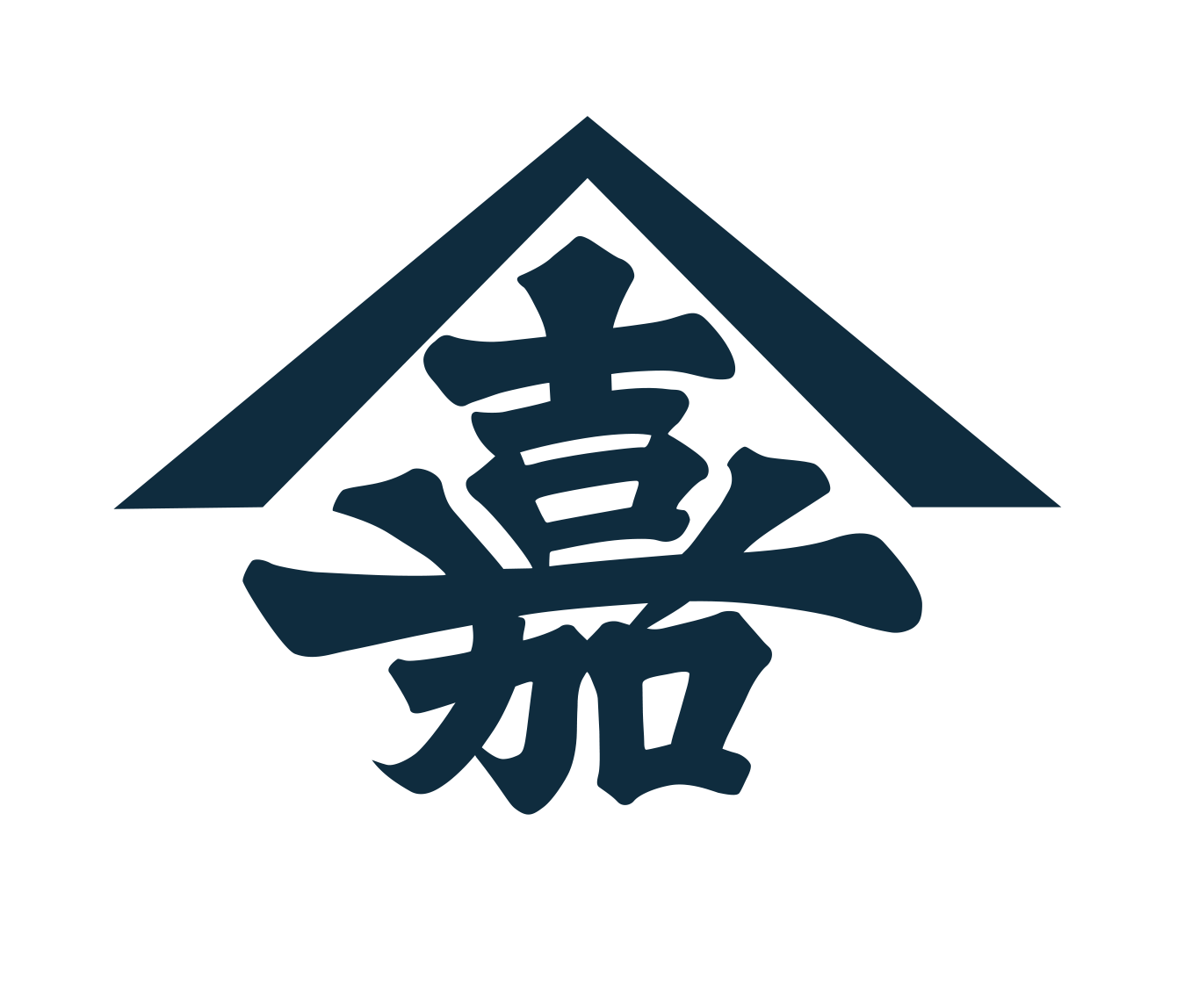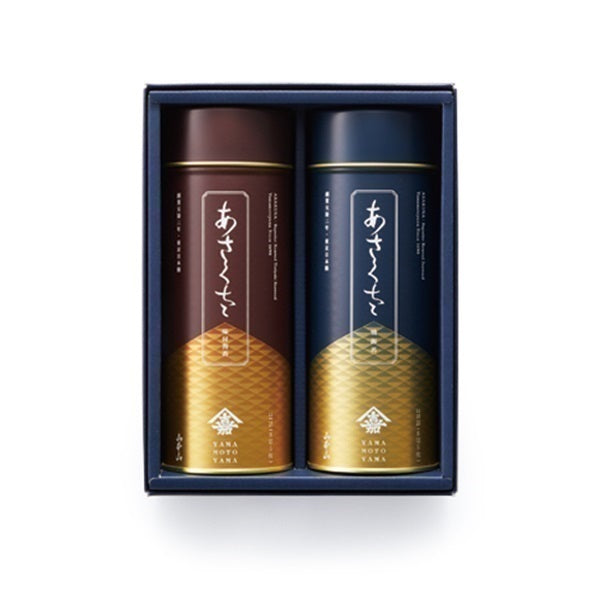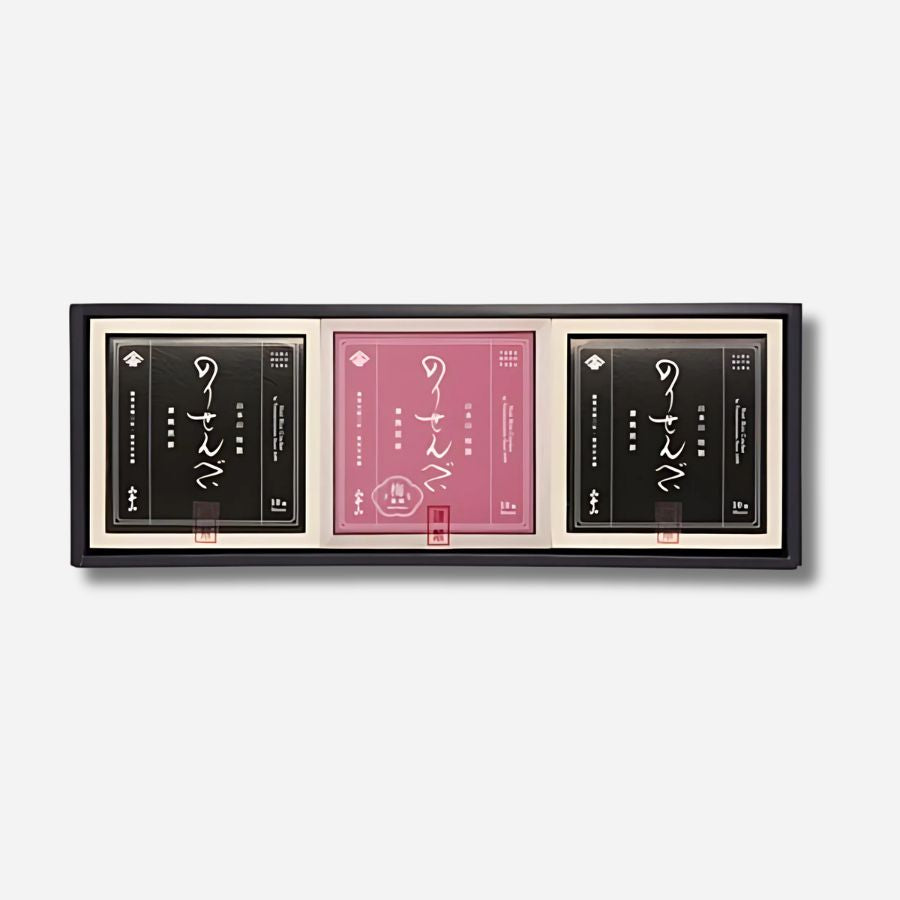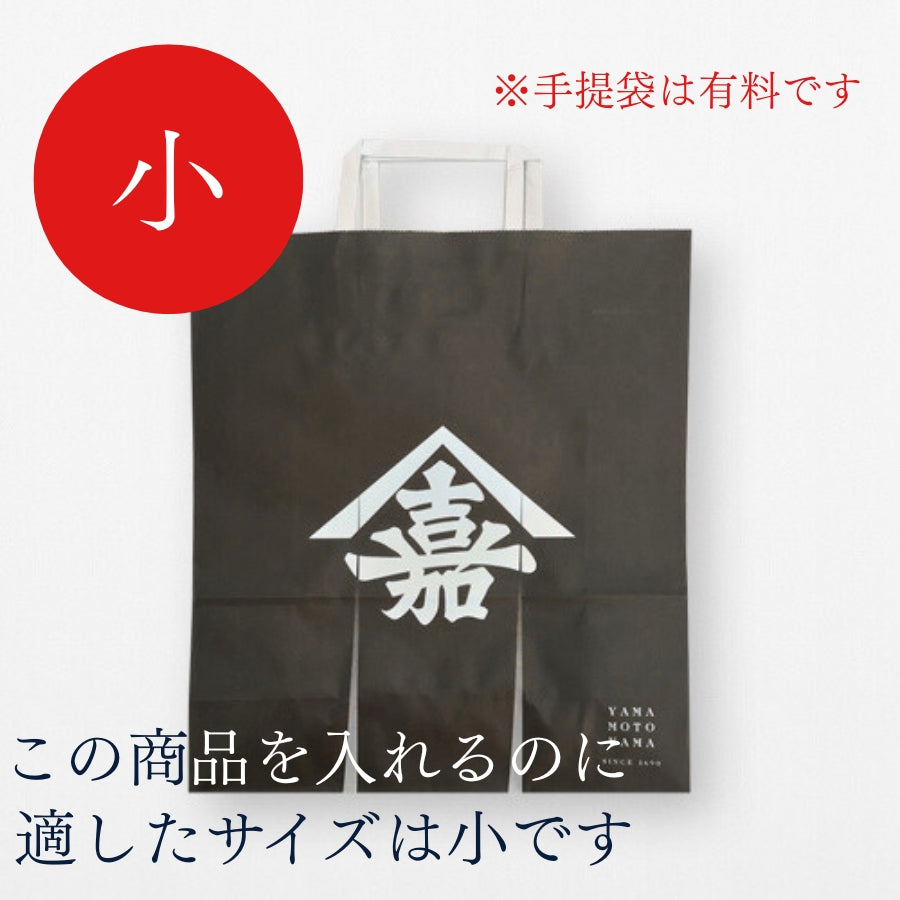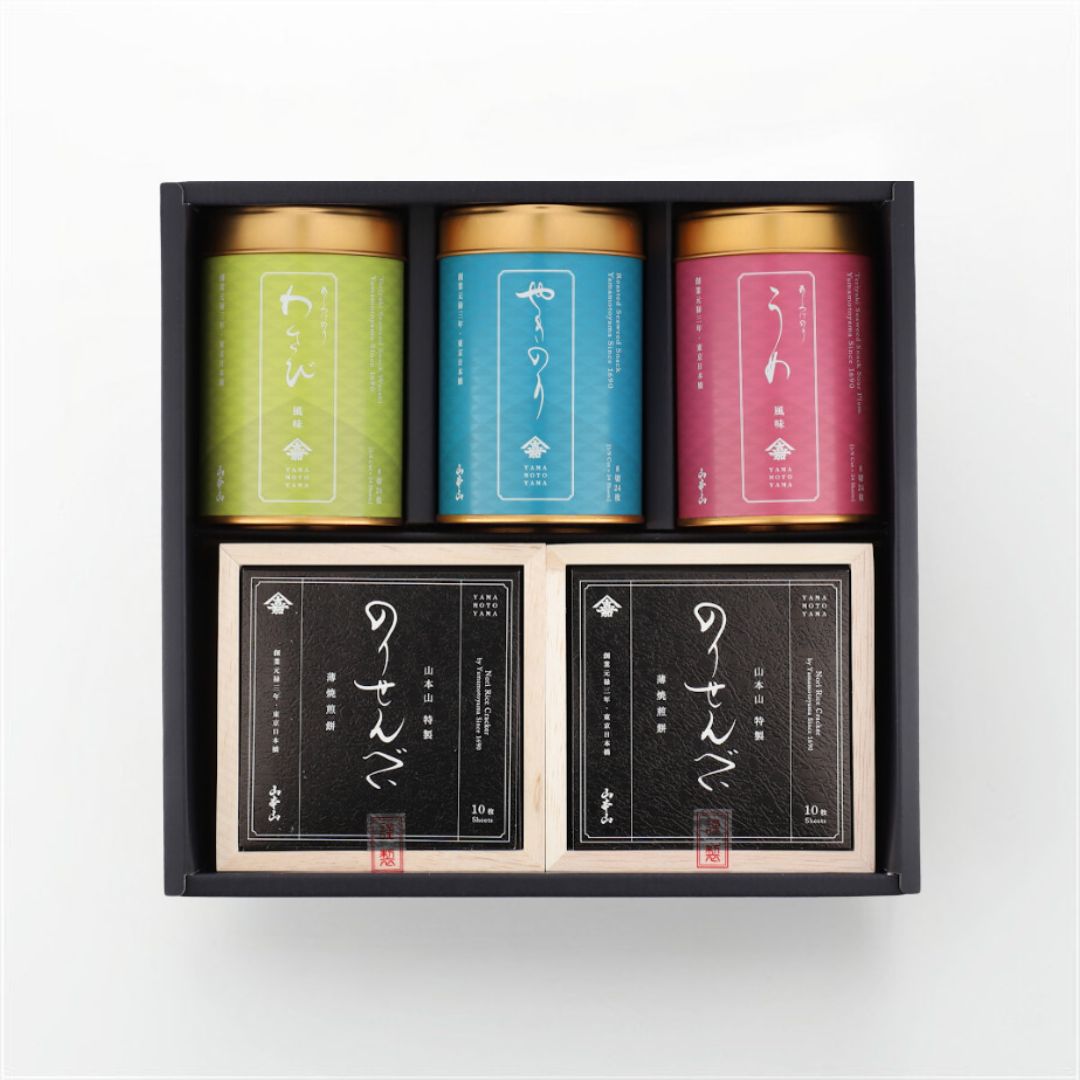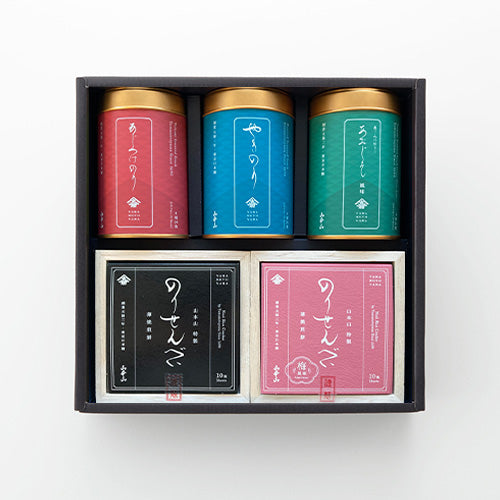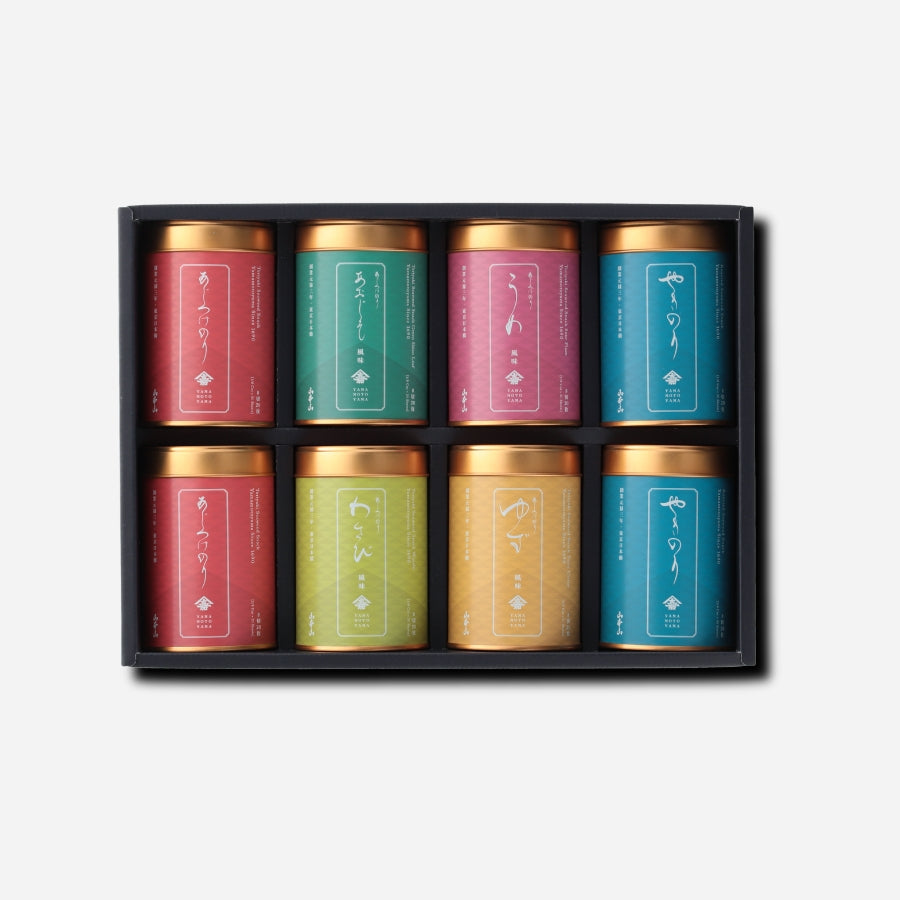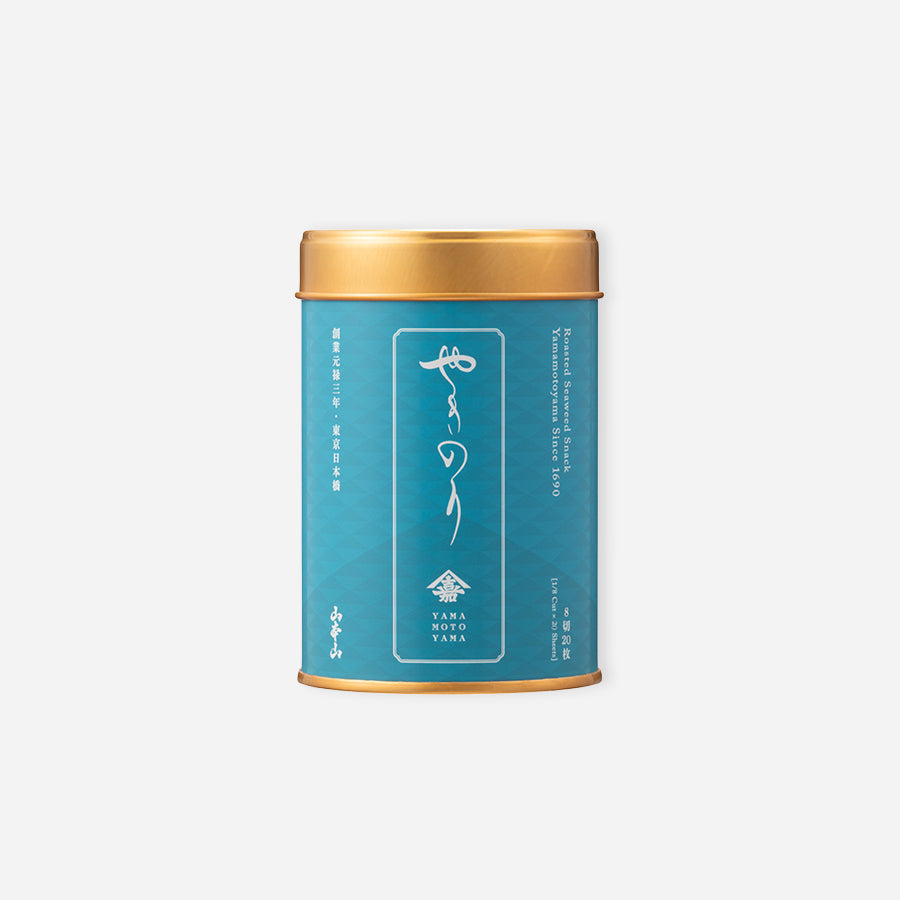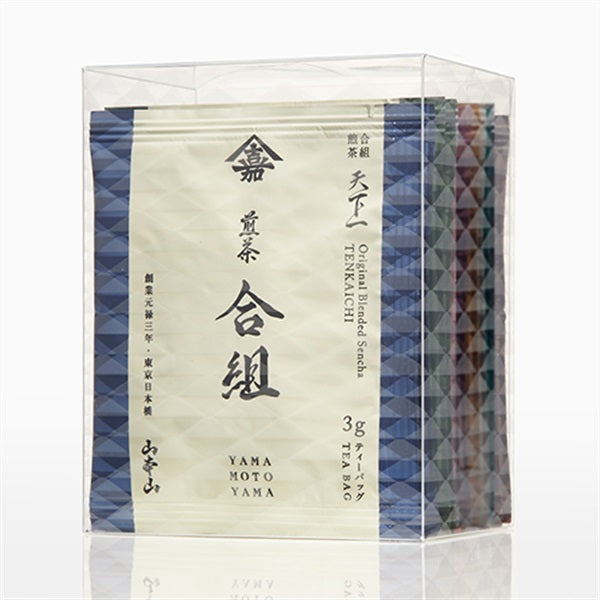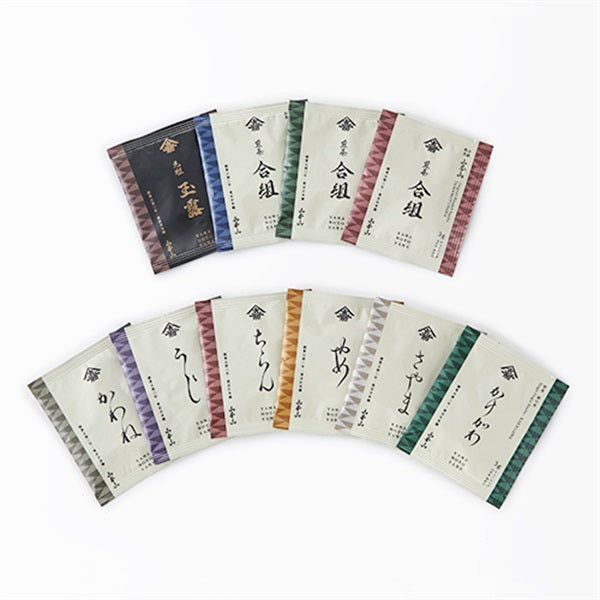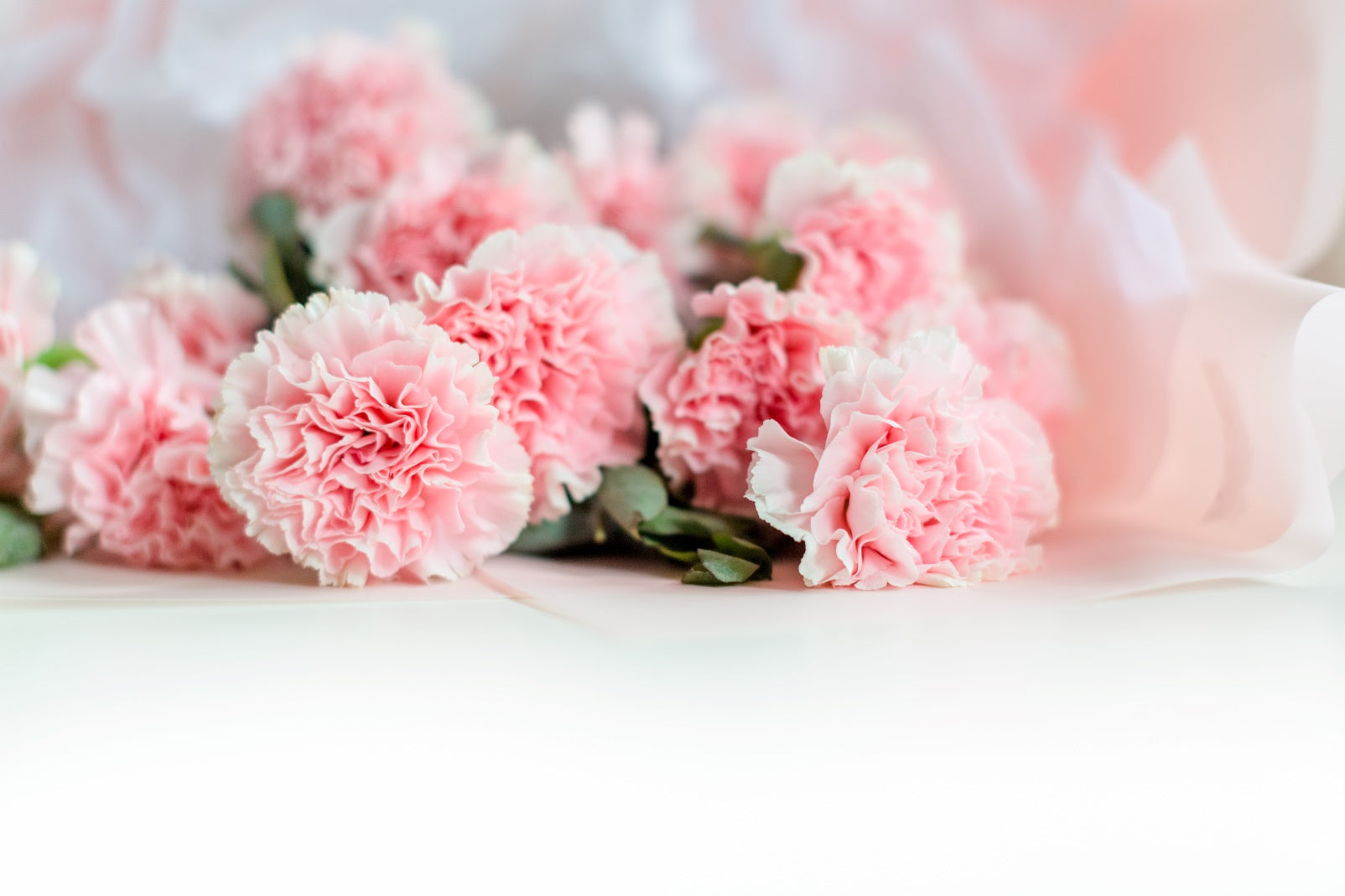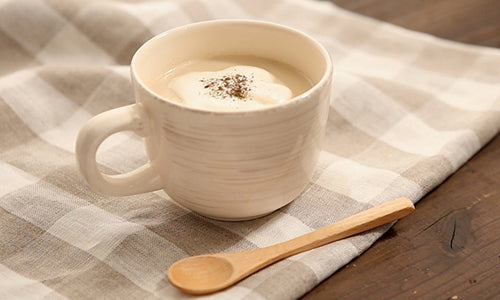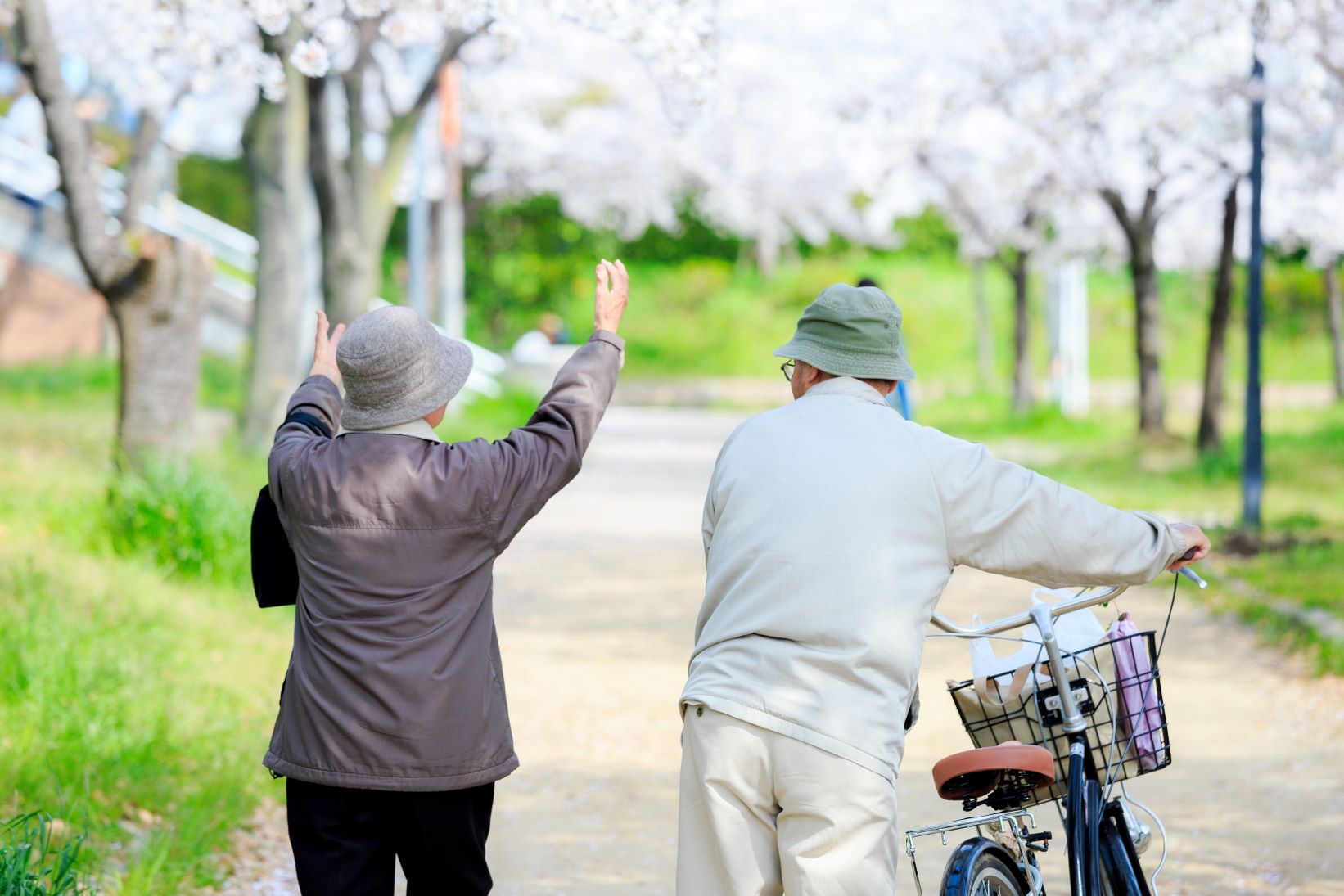
A complete guide to celebrating longevity and a quick age chart: Age, origin, and how to express gratitude with seaweed gifts
- Introduction
- A quick guide to the types and ages of longevity celebrations
- Difference between full age and counting age
- When and how to celebrate longevity
- Red is for 60th birthday, but what about other ages?
- Frequently asked questions about longevity celebrations
- Why seaweed is recommended for celebrating longevity
- Nori: A lucky charm that brings good fortune
- Yamamotoyama, a symbol of health and longevity
- A taste loved by generations
- Recommended gifts for celebrating longevity
Introduction
Longevity celebrations are an ancient Japanese traditional event held to pray for continued longevity and good health for those who have reached important milestones in life.
Various names are given to the celebrations of different ages: 60th, 70th, 77th, 80th, 88th, 90th, and 99th birthdays, and each has a different meaning.
In this article, we will explain in detail the origins and types of longevity celebrations, the best time to celebrate, and why seaweed gifts are recommended for longevity celebrations.

A quick guide to the types and ages of longevity celebrations
With the average life expectancy increasing, turning 60 does not necessarily evoke the image of a long life these days, but celebrations of longevity begin at the age of 60 (61 in the traditional Japanese age reckoning system), with the 60th birthday celebration.
The next ages are 70, 77, 80, etc., and each age has a beautiful name that is imbued with wishes for longevity and good health.
Below is a quick reference chart of the ages for longevity celebrations. Use this chart to celebrate the longevity of your family and loved ones with gratitude.
| age | name | meaning |
| 61 years old | Sixtieth birthday | Every 60 years, the 60 types of Ten Heavenly Stems (the 10 types: Kinoe, Kinoto, Hinoe, Hinoto, Tsuchinoe, Tsuchinoto, Kanoe, Kanoto, Mizunoe, Mizunoto) and the 12 Earthly Branches go through a cycle and you return to the same zodiac sign as the year you were born, which is also called "Return to the Original Hexagram." |
| 66 years old | Rokuju | The character for "green" is pronounced "roku" because the number six is repeated. |
| 70 years old | Seventieth birthday | This is a line from the poem "Qu Jiang" by Du Fu, a poet who was widely known during the Tang Dynasty in China. It comes from the line, "It is rare to live to be seventy years old." |
| 77 years old | Seventy-seventh birthday | When the character for "happiness" is written in cursive script, the shape of the 㐂 looks like 77. It is also called "celebration of the character for happiness." |
| 80 years old | Eighty-eight years old | This comes from the fact that the character for "umbrella" (kasa) can be broken down into the numbers "eight" and "ten." |
| 81 years old | Hanju | The character for "han" (half) can be broken down to 81. It is also called "banju" (longevity) because there are 81 squares on a shogi board. |
| 88 years old | 88th birthday | This comes from the fact that the character for rice becomes 88 when divided. |
| 90 years old | Sotsuju (90th birthday) | This comes from the fact that the abbreviation "卆" of the character for graduation, when broken down, becomes nine and ten. |
| 99 years old | Hakuju (99.99 years old) | If you subtract the character "ichi" from the character "hyaku" (100), it becomes "shiro" (white). It means that he will be 100 years old in one year. |
| 100 years old | Centenary | His name is also called Hyakuga or Joju, and is derived from his age of 100. He is also called Kiju because he lived for a century. |
| 108 years old | Chaju | The character for tea can be broken down into ten, ten, and eighty-eight, which totals 108. |
| 111 years old | Emperor's longevity | "White" means "99", and when you break down the king it becomes "10" and "2", which add up to 111. |
| 120 years old | Daikanreki (Great 60th Birthday) | It means a second 60th birthday. |
Difference between full age and counting age
Both full age and age by reckoning are ways of counting age, but the calculation methods are different.
The full age is calculated by counting from the day of birth as 0 years old, and adding 1 year on each birthday.
This is the way we count age in everyday life, and it is also used on official documents such as resumes and driver's licenses.
The age reckoning system involves counting a person's age from the year they are born to the age of 1, and adding one year each time New Year's Day (January 1st) comes around.
In the past, it was widely used in East Asian countries, including Japan, but nowadays it is only used in a few traditional events and customs.
*Longevity celebrations were originally based on a person's age according to their traditional Japanese counting system, but nowadays they are usually based on their actual age.

When and how to celebrate longevity
The time and method of celebration will vary depending on the region and family circumstances, but generally, people choose to celebrate on the birthday of the person who will live the longest or the beginning of the year.
The way we celebrate has also changed over time.
In the past, it was common for family and relatives to gather together to hold a lavish banquet and give gifts such as red kimonos, which symbolize longevity, but nowadays, more and more people are celebrating in more diverse ways, such as by respecting the individual's wishes and giving gifts such as dinner parties and trips.
Celebrating a longevity is a good opportunity to say things that you wouldn't normally say.
It would be good to convey such sincere feelings as, "I hope you continue to be healthy." You can also use this opportunity to plan a memorable event for your family.

Red is for 60th birthday, but what about other ages?
When celebrating longevity, a theme color is assigned to each age, and each has a deep meaning behind it.
Sixtieth Birthday: Red
Since the 61st year marks the return to the zodiac sign under which the baby was born, it is said to mark the "return to babyhood," and gifts such as red kimonos are given.
Red is said to ward off evil spirits, but many people dislike red chanchankos, so in those cases, people tend to give practical red items like red sweaters, jackets, and bags.
80th and 88th birthdays: yellow or golden brown
Not only has it been revered as a noble color, but it has also been loved as a color representing autumn harvests and abundance. In particular, the yellow color of the 88th birthday is a color that symbolizes abundance, as it is associated with the color of ears of rice, and is therefore imbued with the meaning of celebrating longevity.
70th, 77th, and 90th birthdays: purple
Since ancient times, it has been a special color that only people of high rank were allowed to wear, as it represents nobility and elegance. Therefore, it is used at celebratory occasions as a sign of respect for those who have reached a long life.
Hakuju: White
As a color that represents purity and cleanliness, it is considered a suitable color for celebrating longevity.
Centenary: white/pink
In addition to white, which represents purity and cleanliness, pink is also sometimes used. Pink is a color that represents happiness and kindness, and is popular as a color that conveys warm feelings of celebrating longevity.
These colours are not simply colour coding, but reflect the significance of celebrating each age and cultural background.

Frequently asked questions about longevity celebrations
Q. I have passed my age according to the Japanese counting system. Can I still celebrate my birthday based on my full age?
→It is okay even if you are of full age.
It is said that it is okay to postpone celebrations. Recently, many people are celebrating longevity based on the person's full age. Even if you miss the timing of the counting age, it is important to celebrate longevity, so let's celebrate in a lively manner.
Q: Is it okay to celebrate even if I'm in mourning?
→ No problem if the mourning period is over
Even if you are in mourning, if the 49th (or 35th) day has passed and the mourning period has ended, you may still celebrate. However, there are also family and local customs, so please consider these accordingly.
Also, there may be cases where the person has just lost a family member and does not feel comfortable having the hospital give a celebration. Make sure to consider the person's feelings when making a decision.
Q. I feel like I am being treated like an old person and I don't like it.
→ A proper celebration after retirement
Many people who turn 60 are still working, and some people dislike being celebrated because they feel they are being treated older than they are. Celebrating longevity requires consideration to fit each person's lifestyle.
It is preferable to hold proper celebrations after retirement.
Q: Do I need to give a gift in return?
→ A commemorative item to share the joy of longevity
Generally, no gift is required in return, but sometimes people give commemorative gifts to share the good news of a long and healthy life with those around them.
Regardless of the amount of the gift, we send a flat rate of red and white manju (buns) or red rice, a vase or tea utensil with the recipient's name inscribed, and a furoshiki (wrapping cloth) or fukusa (bag) dyed with a single character related to the recipient's age, such as "joy" or "rice."
The gift should be wrapped in red and white with a bow and the inscription should read "Congratulations" or "XX Anniversary."

Why seaweed is recommended for celebrating longevity
Nori is sometimes chosen as a gift to celebrate longevity.
It may seem surprising at first glance, but seaweed is actually an auspicious gift that carries with it the meaning of wishing for longevity and concern for one's health.

1. Nori: A lucky charm that brings good fortune
Nori was once called "Unkusa."
The reason is that the method of producing nori was only discovered in the 1950s. Prior to that, the ecology of nori was completely unknown, and harvest yields were unstable.
It was truly something that could be harvested if you were lucky.
For this reason, seaweed is considered a symbol of good luck and good fortune.
Even today, it is considered a very auspicious gift and is chosen as a gift for loved ones with the hope that "may it bring you lots of good fortune."

2. Yamamotoyama, a symbol of health and longevity
The name "Yamamotoyama" is imbued with more than 300 years of history and tradition.
Its deep, solid sound is said to symbolize longevity and health, and many people believe it to be auspicious.
Giving a Yamamotoyama gift as a celebration of longevity is an expression of warm feelings wishing for the health and longevity of your precious family.
Gifts given to those who have reached a long life, filled with the importance of their lives and the hope that they will continue to live a long and healthy life, can be said to be more valuable than mere items.

3. A taste loved by generations
When customers pick up Yamamotoyama, the first thing they often say is, "It brings back memories!" or "That's the Yamamotoyama!"
At that moment, I can imagine smiles naturally breaking out and warm conversation starting from there.
Many people around the age of 60 will remember the phrase "Whether you read it from top to bottom or bottom to top."
I wonder what kind of conversations were taking place in the living rooms of homes around the time that commercial was airing. I'm sure it will bring back memories of family members and make you feel nostalgic.
"That's the Yamamotoyama, isn't it?" "You knew it well," "Do you remember the commercial?" We hope you can have a fun time with your family reminiscing about old times.
